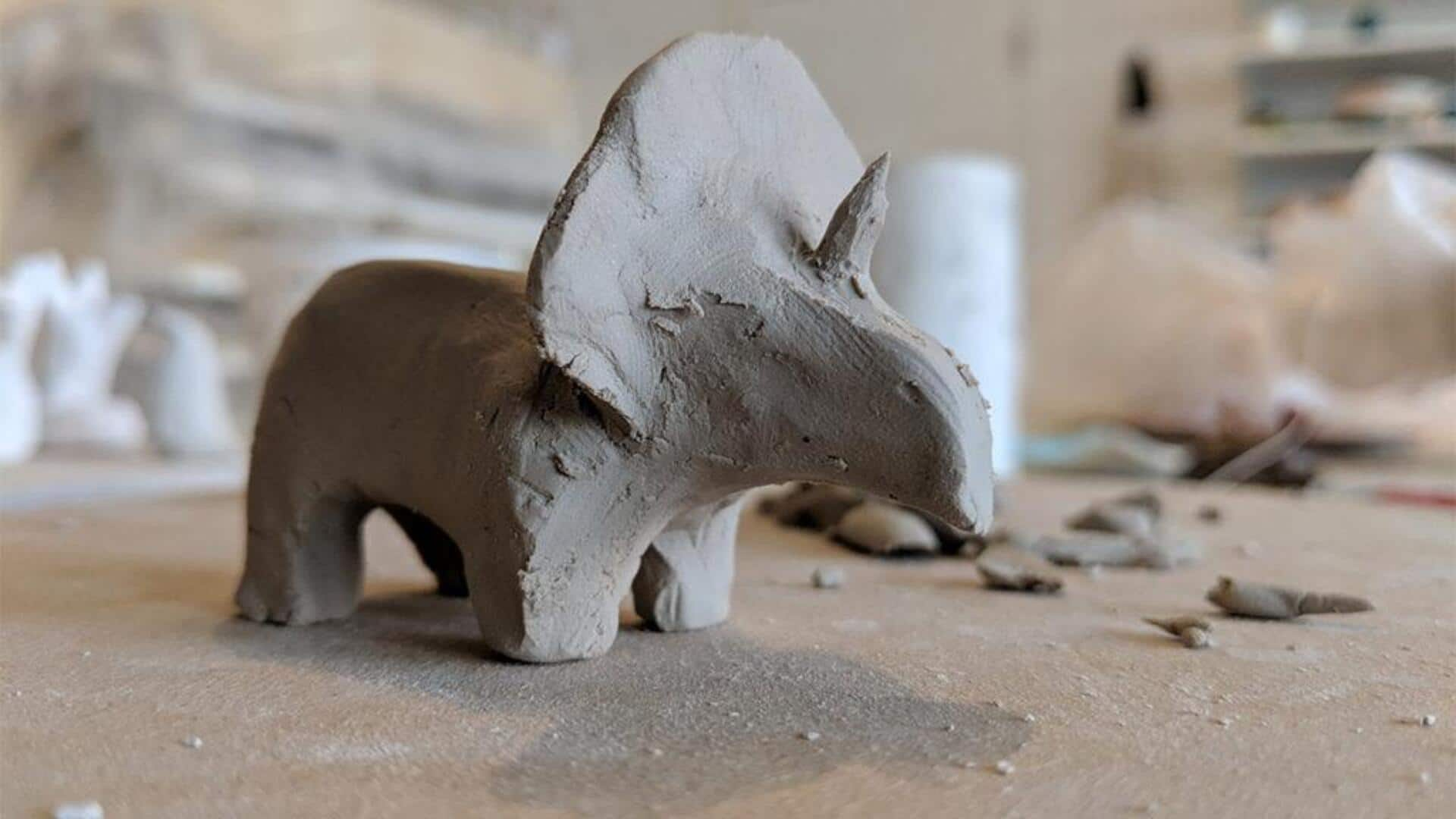
How to create wildlife clay models at home
What's the story
Creating clay models of African wildlife can be an exciting and educational activity for families. It encourages creativity and aids in understanding the diverse ecosystems of Africa. By using simple materials and techniques, families can craft realistic models. These reflect the rich biodiversity of the continent. This activity is both fun and informative, offering insights into animal habitats and conservation efforts.
Tip 1
Choosing the right clay
Selecting the right clay is essential for your project. Air-dry clay is a popular choice as it doesn't require baking and is easy to handle. It comes in various colors, so you can accurately depict the animals' natural hues. If you want more detail, polymer clay is another option that needs to be baked but offers a finer texture.
Tip 2
Gathering reference materials
Before you start sculpting, gather reference materials like photographs or documentaries of African wildlife. This will give you an idea of the animals' physical characteristics and habitats. Observing these details closely will help you create more accurate models. It also gives an opportunity to learn about different species and their roles in the ecosystem.
Tip 3
Basic sculpting techniques
Start with basic sculpting techniques like rolling, pinching, and molding. These techniques are essential to create different shapes and textures for your animal models. Use simple tools like toothpicks or small knives to add details like fur patterns or facial features. Practice makes perfect, so don't hesitate to try again if something doesn't look right.
Tip 4
Incorporating educational elements
Incorporate educational elements by discussing each animal's habitat, diet, and conservation status while you work on your models. This way, you can turn a creative session into a learning experience. It also raises awareness about the challenges faced by African wildlife, and the importance of protecting their habitats.